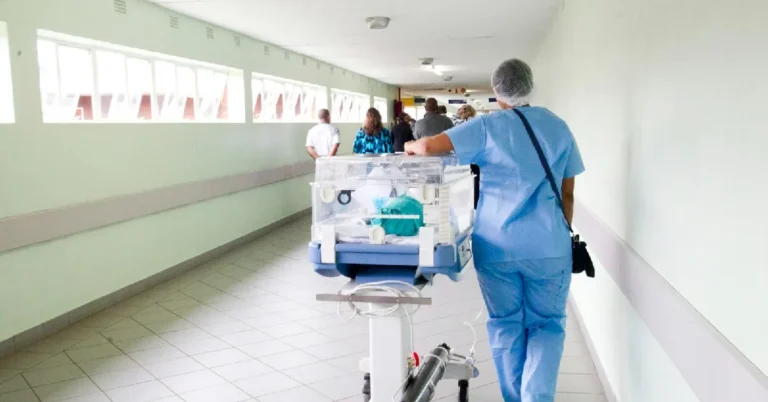How do doctors learn to handle real emergencies without putting lives at risk?
The answer lies in simulation-based learning. It allows medical students to practice surgeries, diagnose patients, and respond to critical situations-all in a safe, virtual setting. Mistakes become lessons, not tragedies.
Want to see how this game-changing method is shaping the future of healthcare? Keep reading to find out why simulation is transforming the way we train tomorrow’s doctors.
Training for Real Life
Medical students now get hands-on experience without putting real patients at risk. Simulation tools let them practice surgeries, emergency responses, and diagnoses in lifelike settings. This builds muscle memory and sharpens critical thinking. They learn how to react fast and make smart choices under pressure.
These training sessions prepare students for real hospital scenarios. They gain the confidence to act quickly and the skills to handle tough situations. By the time they face real patients, they’re ready. Simulation makes sure learning feels just like real life.
Safe Practice, Real Skills
Students can now practice medical procedures without putting real patients at risk. Simulations create a safe place to learn and make mistakes. They allow learners to repeat tasks until they get them right. This builds skill and confidence over time.
Instructors can give instant feedback during these sessions. Students quickly see what they need to improve. They gain real-world experience in a controlled environment. This prepares them for the challenges of actual patient care.
Bridging Theory and Practice
Medical students often learn theory from books and lectures. But knowing facts is not enough when lives are on the line. Simulation allows them to apply what they’ve learned in real-life scenarios. This helps turn knowledge into action.
By practicing in realistic settings, students connect classroom lessons with hands-on experience. They understand how and when to use what they’ve studied. This makes learning deeper and more practical. It creates doctors who are ready for real challenges.
Boosting Clinical Confidence
Many students feel nervous before treating real patients. Simulation helps them face these fears early. By practicing procedures and decision-making, they build trust in their abilities. Repeating tasks helps them feel more prepared and less anxious.
Confidence grows with each successful session. Students learn how to stay calm under pressure. They also improve communication with patients and teams. This prepares them for real clinical situations with greater ease.
Learning Through Simulation
Students learn best when they can practice what they study. Simulation gives them a chance to apply their knowledge in real-world scenarios. They can make decisions, perform procedures, and correct mistakes without fear. This helps build stronger skills and better understanding.
A good example is medication administration simulation, where students practice giving the right medicine safely. It teaches accuracy, timing, and patient safety. These lessons stick with them as they move into real clinical settings. Simulation makes learning active, not passive.
Learn All About Simulation-Based Learning
Healthcare educators and institutions seeking to improve their training programs can explore partnerships with simulation centers or invest in technology that supports simulation-based learning.
By embracing this model, you can elevate the educational experience, foster collaboration, and improve overall patient outcomes.

